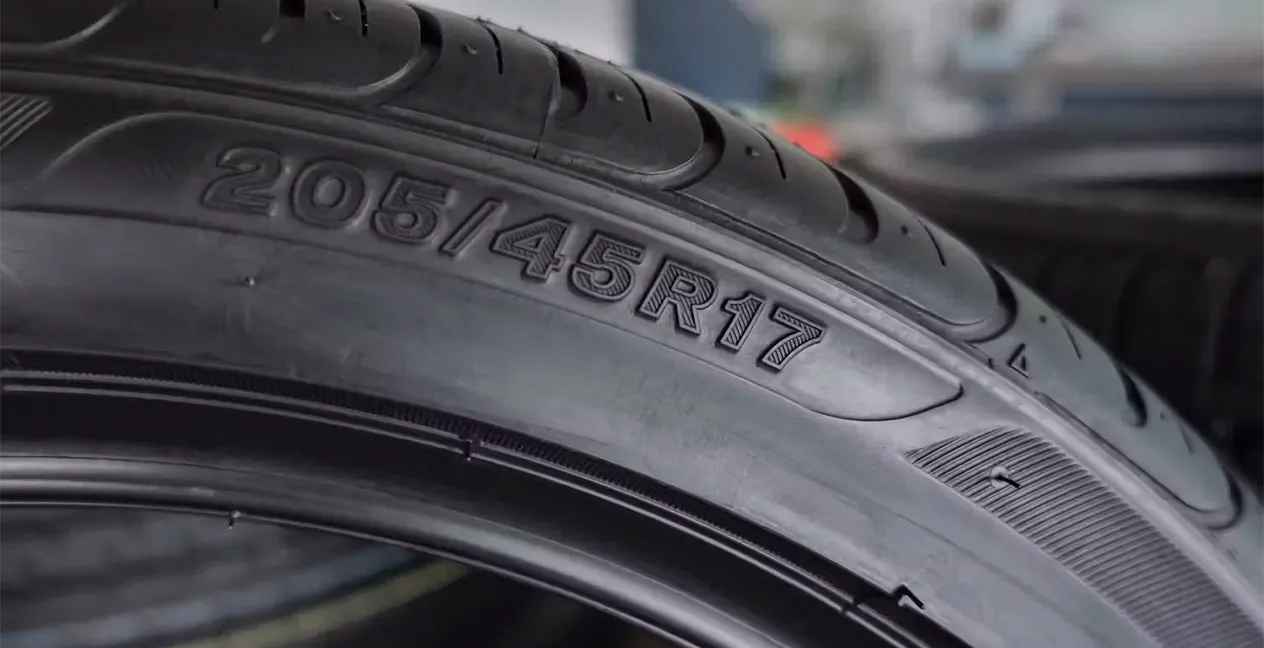
Created by Tiago Fernandes at Wednesday, 7 September 2022
How to read your car's tire
How many times have you found yourself looking at your car's tires and scratching your head? Well, this Benecar article will clear up all the doubts that arise when changing tires.
When the car mechanic asks you what your tire sizes are, the answer is actually very simple. To interpret the size of each tire, just look at the side of your tire.
.
On the side, you'll see numbers such as 195/55 R 16 87V, which is a very simple figure to read. Following our example, 195 represents the width of the tire in millimeters. The 55 is nothing more than the height of the tire as a percentage of the width, i.e. the example we gave contains a height of 55% of the width of the tire. The lower this value, the lower the height of the tire. The "R" represents that the tire is of radial construction, which is practically all tires in existence today. The next number, "16", is the diameter in inches of the inside of the tire, often known as the rim size of our car. The "87" represents the maximum load that tire can support when inflated to maximum pressure, i.e. it's an 87 index, which doesn't mean that it can only support 87 kilograms per tire, but rather that it can support 545 kilograms per tire. To find out the maximum load that corresponds to your index, you should consult the load index table (available later in the article). Last but not least, the "V" represents the maximum speed index for the vehicle, in this case "V" can be up to 240 kilometers. Depending on the letter, the value may vary, as you can see below.
.
Q: 160 km/h
R: 170km/h
S: 180 km/h
T: 190 km/h
H: 210 km/h
V: 240 km/h
W: 270 km/h
Y: 300 km/h
.
.
.
Translated with DeepL.com






